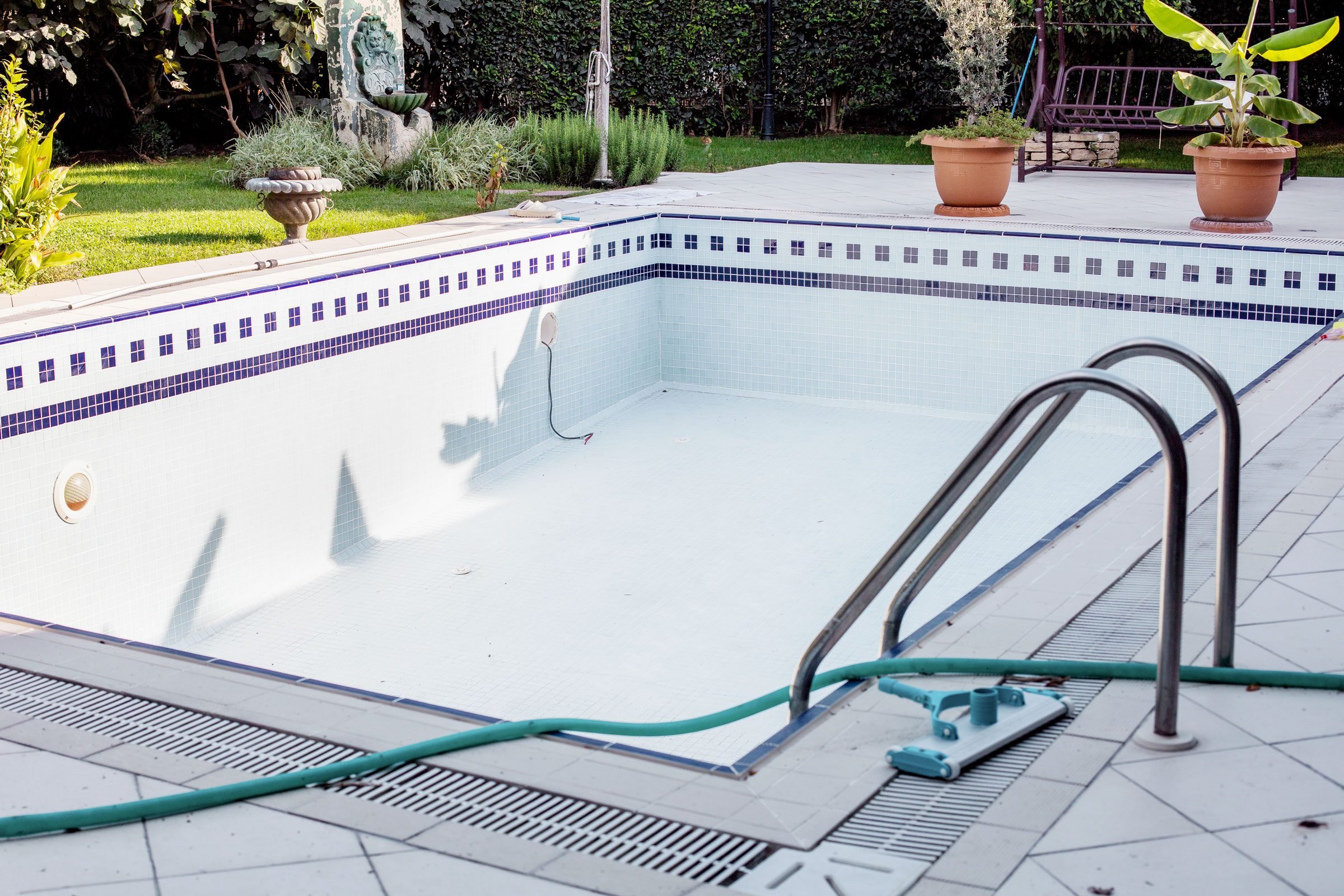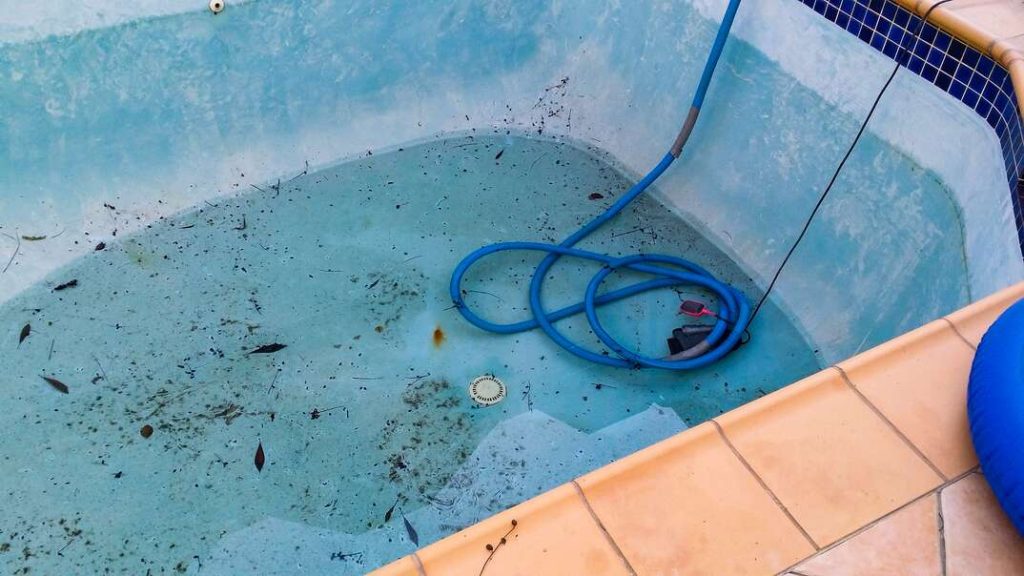Draining a swimming pool is an essential maintenance task that can help keep your pool water clean and safe. Whether you need to drain your pool for winterizing, cleaning, or repairs, it’s important to follow the proper steps to ensure the process is done correctly. In this guide, we will walk you through the steps to drain your swimming pool safely and efficiently.
Step 1: Check the Local Regulations
Before you begin draining your swimming pool, it’s crucial to check with your local authorities regarding any regulations or restrictions on draining pool water. Some areas have specific guidelines on where and how you can drain pool water, so be sure to follow these regulations to avoid any fines or penalties.
Step 2: Turn Off the Pool Equipment
Prior to draining the pool, make sure to turn off all pool equipment including pumps, filters, and heaters. This will prevent any damage to the equipment while the pool is empty. Additionally, ensure that the power to the pool equipment is switched off for safety purposes.
Step 3: Connect the Drainage Hose
Next, connect a suitable drainage hose to the drainage outlet of your pool. Make sure the hose is long enough to reach the desired drainage location without any kinks or obstacles. Position the other end of the hose in a safe area where the water can flow freely without causing any damage.
Step 4: Open the Drain Valve
Once the hose is securely connected, open the drain valve on your pool to allow the water to start flowing out. Depending on the size of your pool, draining can take several hours to complete. Monitor the draining process regularly to ensure everything is functioning correctly.

Credit: www.familyhandyman.com

Credit: deependpools.co.uk
Step 5: Monitor the Water Level
While the pool is draining, keep an eye on the water level to prevent it from getting too low. Draining your pool too much can cause damage to the pool structure, especially for in-ground pools. Stop the draining process when the water reaches the desired level.
Step 6: Dispose of the Drained Water Properly
It is essential to dispose of the drained pool water properly to avoid any environmental consequences. Check with your local regulations on the appropriate ways to dispose of pool water. In some cases, you may be required to have the water trucked away or treated before disposal.
Step 7: Refill the Pool
After draining the pool, it’s time to refill it with fresh water. Allow the pool to fill up to the appropriate level before restarting the pool equipment. Test the water for proper chemical balance and adjust as needed to ensure the water is safe for swimming.
Step 8: Perform Necessary Maintenance
With the pool refilled, it’s an ideal time to perform any maintenance tasks such as cleaning the pool walls, skimming debris, and checking the equipment for any issues. Regular maintenance will help keep your pool in optimal condition for enjoyment throughout the swimming season.
Conclusion
Draining a swimming pool may seem like a daunting task, but by following the proper steps and precautions, you can ensure a smooth and successful process. Remember to always check local regulations, monitor the draining process, and dispose of the water responsibly. By maintaining your pool regularly, you can enjoy crystal-clear water and a safe swimming environment for years to come.





